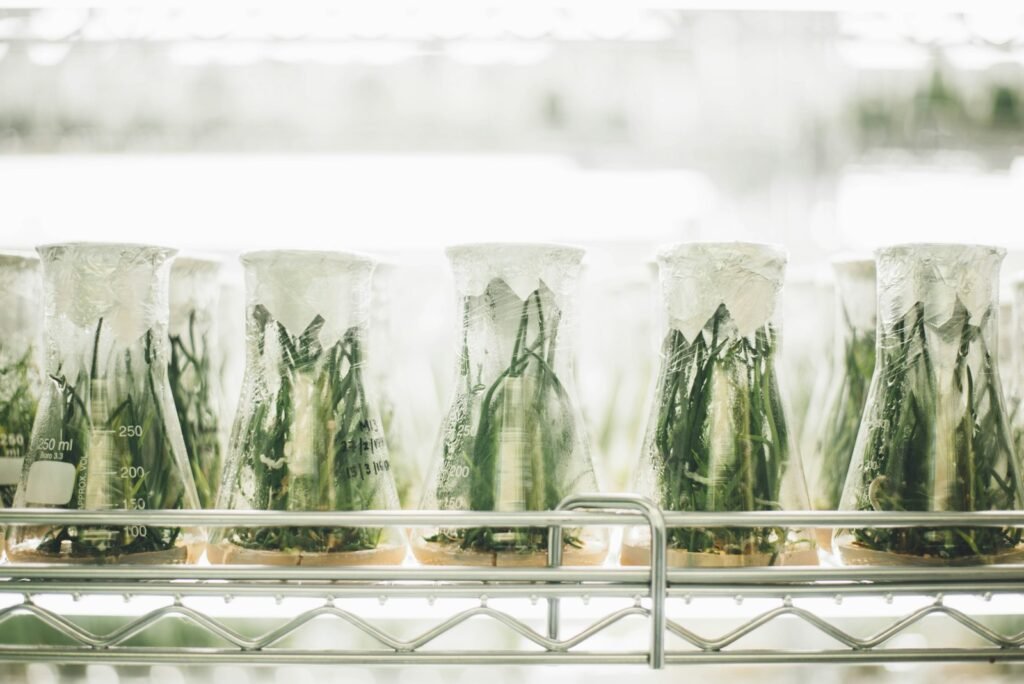Embarking on a journey with Ayahuasca is akin to stepping into a world where the ordinary and extraordinary blend seamlessly. This ancient plant brew, revered in the Amazon basin, is not just a concoction but a potent gateway into the mind’s deepest recesses. It is a tool that has been used for centuries by indigenous tribes not only for healing but also for spiritual exploration. The allure of Ayahuasca has transcended cultural boundaries, captivating the curiosity of scientists, adventurers, and spiritual seekers alike. As we delve into the intricate dance between this psychedelic and the human brain, we uncover the mysteries that lie within.
Understanding Ayahuasca: The Ingredients
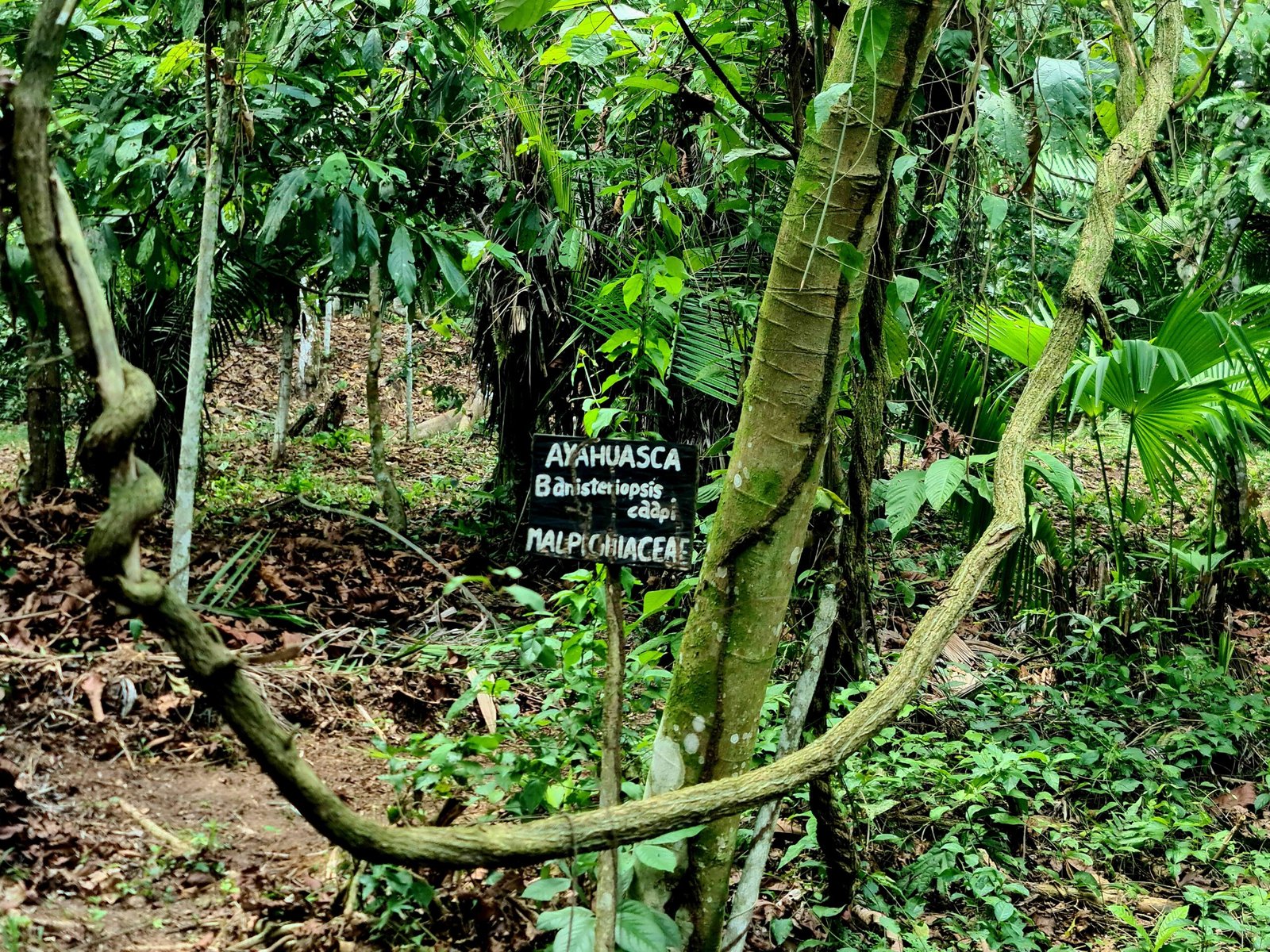
At the heart of Ayahuasca’s profound impact lies its unique composition. The brew is primarily made from two plants: the Banisteriopsis caapi vine and the leaves of the Psychotria viridis shrub. The former contains harmala alkaloids, which are potent monoamine oxidase inhibitors (MAOIs), while the latter is rich in dimethyltryptamine (DMT), a powerful psychedelic compound. The combination of these plants is essential, as the MAOIs allow DMT to be orally active by preventing its breakdown in the digestive system. This synergy is what sets Ayahuasca apart from other psychedelics, creating an experience that is both intense and deeply introspective.
The Role of DMT: Unlocking the Psychedelic Experience

DMT, often dubbed the “spirit molecule,” is the driving force behind Ayahuasca’s mind-altering effects. Found naturally in many plants and even in small amounts in the human brain, DMT is known for inducing vivid hallucinations and profound spiritual experiences. When ingested as part of Ayahuasca, DMT binds to serotonin receptors in the brain, particularly the 5-HT2A receptor. This interaction is believed to enhance sensory perception, alter cognition, and dissolve boundaries between the self and the external world. Users often report a sense of unity with the universe, transcending the limitations of the physical body.
The Brain on Ayahuasca: A Symphony of Neural Activity

During an Ayahuasca session, the brain undergoes a remarkable transformation. Functional MRI studies have shown that the default mode network (DMN), a brain network associated with self-referential thoughts and the ego, becomes less active. This decrease in DMN activity is thought to contribute to the dissolution of the ego, leading to a state of heightened awareness and interconnectedness. Simultaneously, there is increased connectivity between different brain regions, fostering novel insights and creative thinking. This unique pattern of brain activity is what makes Ayahuasca both therapeutic and enlightening.
Therapeutic Potential: Healing Through Psychedelic Insight
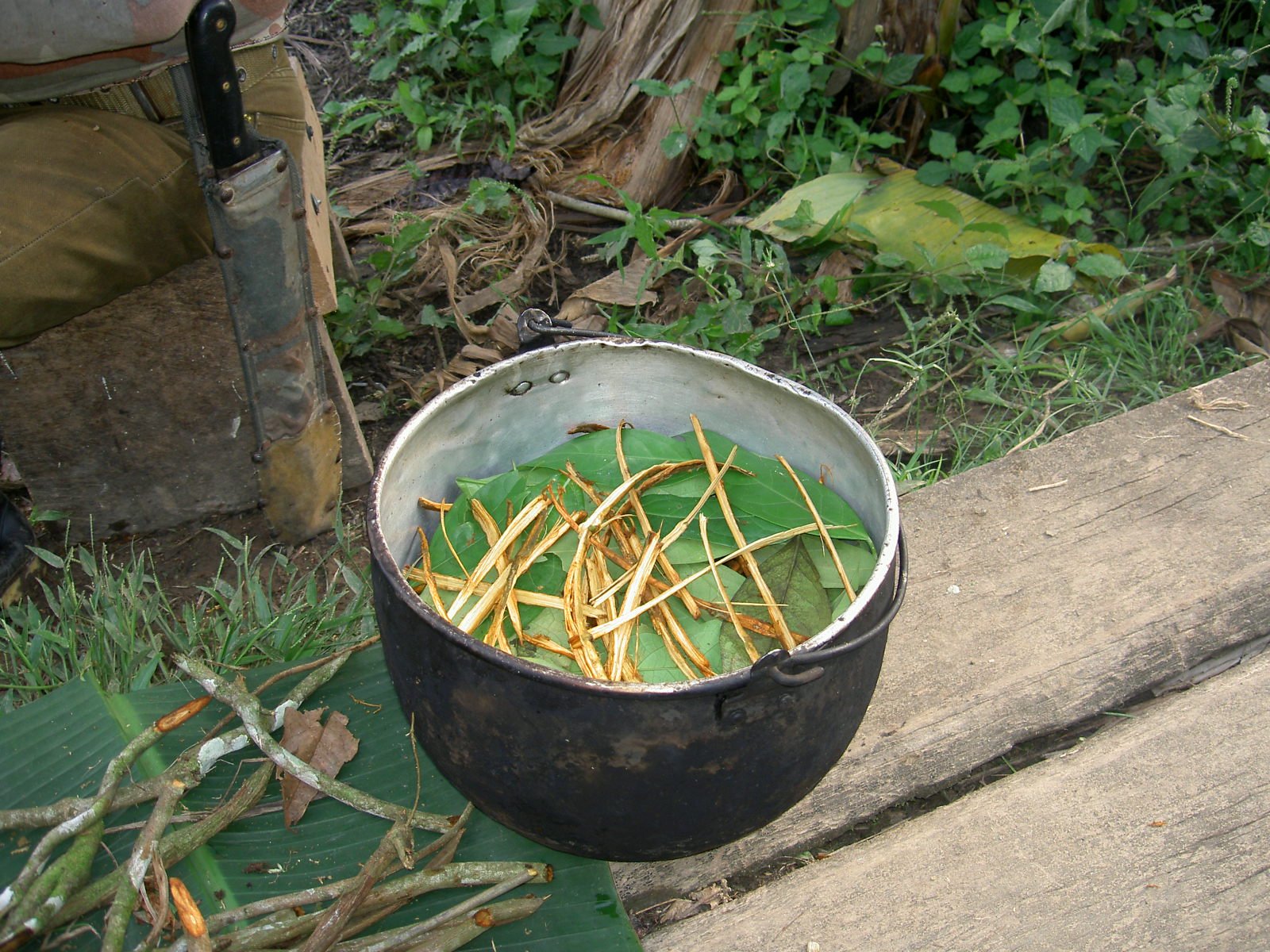
The therapeutic potential of Ayahuasca is a burgeoning field of research. Preliminary studies suggest that its use can lead to significant improvements in mental health conditions such as depression, anxiety, and PTSD. The introspective nature of the Ayahuasca experience allows individuals to confront and process deep-seated emotional traumas, often resulting in a sense of catharsis and healing. Furthermore, the altered state of consciousness facilitates new perspectives on personal challenges, promoting growth and resilience. As research continues, the promise of Ayahuasca as a tool for mental well-being becomes increasingly evident.
Ayahuasca and Neuroplasticity: Rewiring the Brain
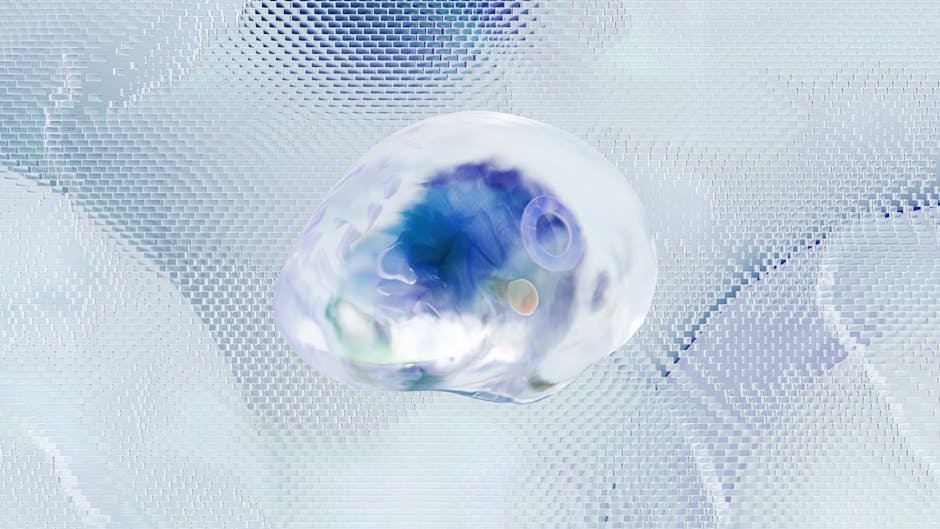
One of the most intriguing aspects of Ayahuasca is its potential to promote neuroplasticity, the brain’s ability to reorganize itself by forming new neural connections. Studies have indicated that the DMT component of Ayahuasca can stimulate the growth of new neurons and synapses in the brain. This process is akin to hitting the “reset” button, allowing the brain to break free from maladaptive patterns and adopt healthier ones. This capacity for neural regeneration holds immense implications for treating neurological disorders and enhancing cognitive function.
Cultural Significance: Ayahuasca in Indigenous Traditions

To fully appreciate Ayahuasca, one must understand its cultural roots. For indigenous communities in the Amazon, Ayahuasca is not merely a tool for healing but a sacred ritual. It is often consumed in ceremonial settings under the guidance of a shaman, who acts as both a healer and a spiritual guide. These ceremonies are rich in symbolism, music, and chanting, creating an atmosphere that facilitates deep introspection and connection with the spiritual realm. The cultural significance of Ayahuasca underscores the importance of approaching it with respect and reverence.
Safety and Considerations: Navigating the Ayahuasca Experience
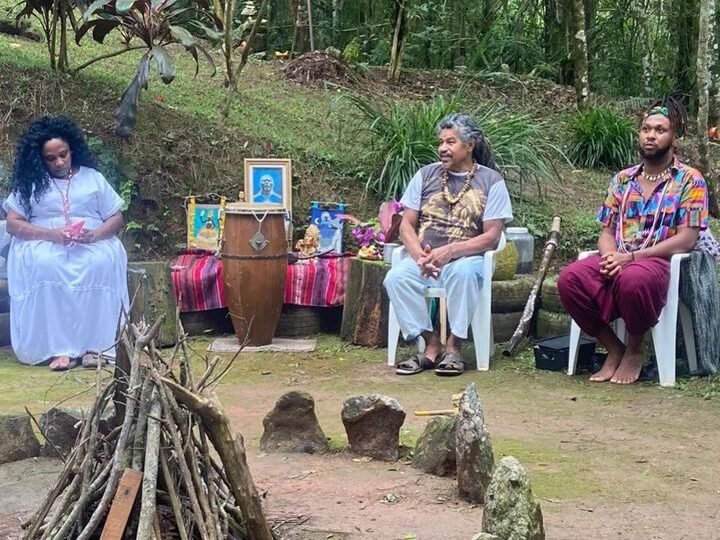
While Ayahuasca offers profound insights, it is not without risks. The experience can be intense, and the physiological effects, such as nausea and vomiting, are common. It is crucial to approach Ayahuasca with caution, particularly for individuals with pre-existing mental health conditions or those taking certain medications. Participating in ceremonies led by experienced facilitators in a safe environment is essential to minimize risks. Understanding the potential challenges and preparing mentally and physically can enhance the overall experience and ensure it is both safe and transformative.
Ayahuasca in Modern Science: Bridging Tradition and Research

The resurgence of interest in Ayahuasca has sparked a wave of scientific research aimed at understanding its mechanisms and potential benefits. Scientists are exploring its effects on the brain, its therapeutic applications, and the role of set and setting in shaping the experience. This convergence of traditional knowledge and modern science is paving the way for a deeper understanding of psychedelics and their place in contemporary medicine. As research progresses, the dialogue between indigenous wisdom and scientific inquiry continues to evolve.
The Future of Ayahuasca: Embracing a Psychedelic Renaissance
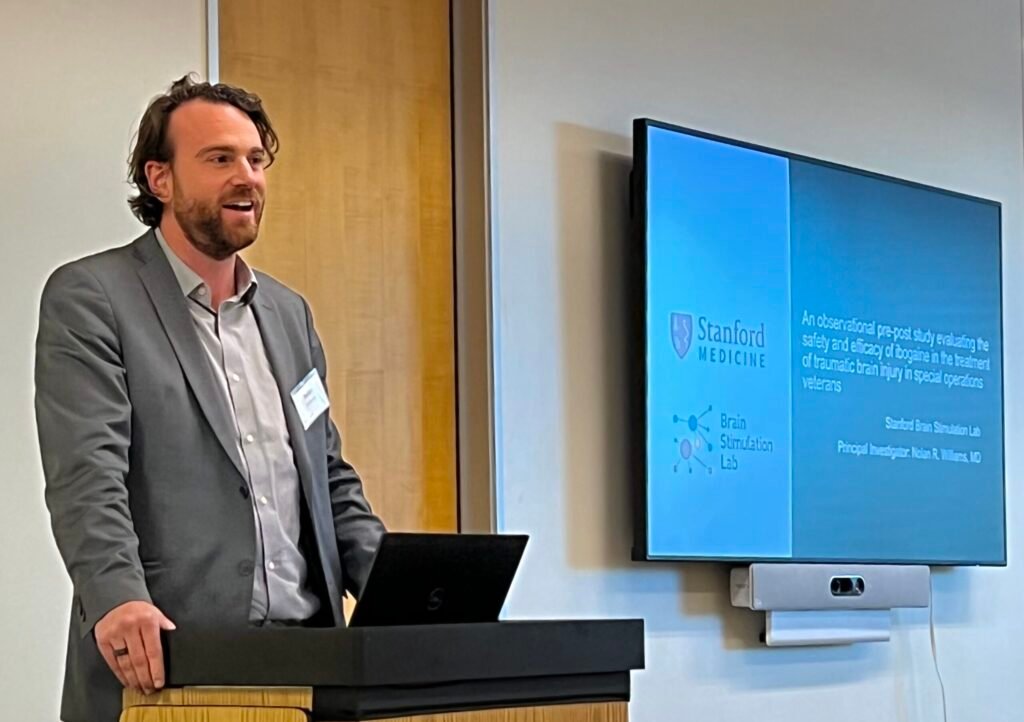
As we stand on the brink of a psychedelic renaissance, Ayahuasca is poised to play a pivotal role. Its unique ability to unlock the mind’s potential and facilitate healing has captured the imagination of researchers, therapists, and seekers alike. The future of Ayahuasca lies in its integration into mainstream culture, where it can be harnessed responsibly for personal growth and therapeutic purposes. As we move forward, the challenge will be to honor its cultural origins while embracing its potential to transform lives in profound ways.
In conclusion, Ayahuasca offers a remarkable journey into the depths of the human psyche. Its intricate interplay with the brain reveals not only the potential for healing but also the vastness of human consciousness. As we continue to explore this powerful psychedelic, the possibilities for understanding the mind and unlocking its mysteries are boundless.

